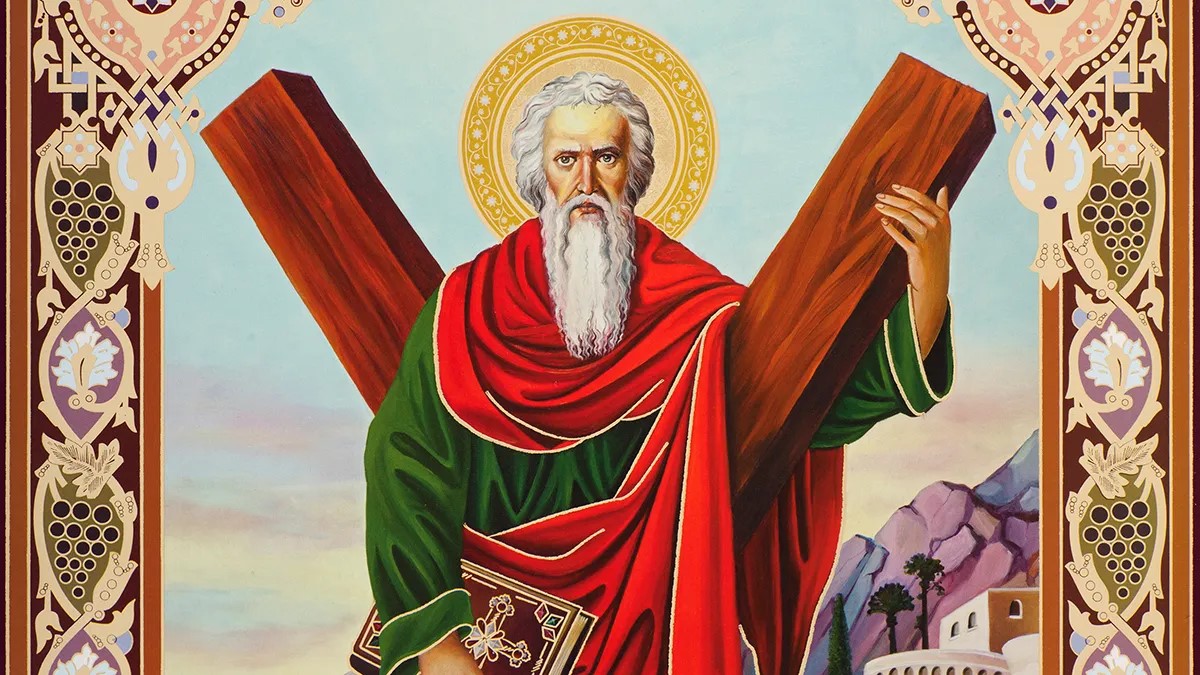Patron saint of fishermen and Scots: Who is St Andrew?
Scots and those who have Scotland in their hearts celebrate St. Andrew's Day every autumn on November 30th. Scotch enthusiasts know that the Scots are very adept at throwing big celebrations, and St. Andrew's Day is one of the days when they do it most enthusiastically.

Before you get into the holiday spirit and pour a Single Malt into your favorite glass, let's take a look at who St Andrew is and the place of this important day in Scottish culture.
Saint Andrew
Feast Day: November 30
Symbol: Saint of Fishermen
Year of Death: Mid-1st century
St. Andrew, known as Andrew the Apostle, was the older brother of the apostle St. Peter. According to the New Testament, he was born in the village of Bethsaida on the Sea of Galilee in the early 1st century.
Andrew the Apostle, also called Saint Andrew, was an apostle of Jesus. According to the New Testament, he was a fisherman and one of the Twelve Apostles chosen by Jesus. The title First-Called stems from the Gospel of John, where Andrew, initially a disciple of John the Baptist, follows Jesus and, recognizing him as the Messiah, introduces his brother Simon Peter to him.
It is thought that St. Andrew also preached in Thrace. It is the symbol of the curved cross and the fishing net.
Who is St. Andrew?
St. Andrew (Saint Andrew) is the patron saint of Scotland and, historically, one of the twelve apostles of Jesus. He met Jesus while fishing in Galilee with his brother Peter (Saint Peter), who would later become one of the apostles, and they became his first apostles.
Years later, on November 30 (AD 60), St. Andrew was crucified, just like Jesus, to whom he tied his heart, and this event has been celebrated in various ways in Scotland for about 1000 years to commemorate St. Andrew. (Did you know that Halloween also has Scottish roots?)
Interestingly, according to a story, shortly after St Andrew's death, some of the remaining parts of his body were moved from Constantinople to the area where today's St Andrew town is located, by a holy order, and this is how St Andrew's involvement in Scottish culture began.
Afterwards, King Agnus, who was preparing for a war against England in the 9th century, saw St Andrew in his dream, promising him victory, and after winning the war, he declared Andrew the patron saint of Scotland. In fact, the symbol of the Scottish flag actually comes from the X-shape of the cross on which St Andrew was crucified, and this sign, also known as the Saltire, is a symbol attributed to Andrew.
So how is St Andrew's Day celebrated?
Although this special day is celebrated in different ways in different parts of Scotland, there are certain recurring events. For example, during the celebrations, a special party is held called ceilidh, where Scots perform folk dances. Traditional Scottish dishes such as fish soup called "Cullen Skink" or lamb are also indispensable on this day.
In addition, wearing traditional Scottish clothes, hanging a huge flag at the entrance of the house, and participating in national celebrations are also among the things that many Scots do on this day.
St Andrew's Day is a public holiday in Scotland. You too can raise your glass to St Andrew and its rich Scottish culture and capture the holiday spirit on this 30th of November.
